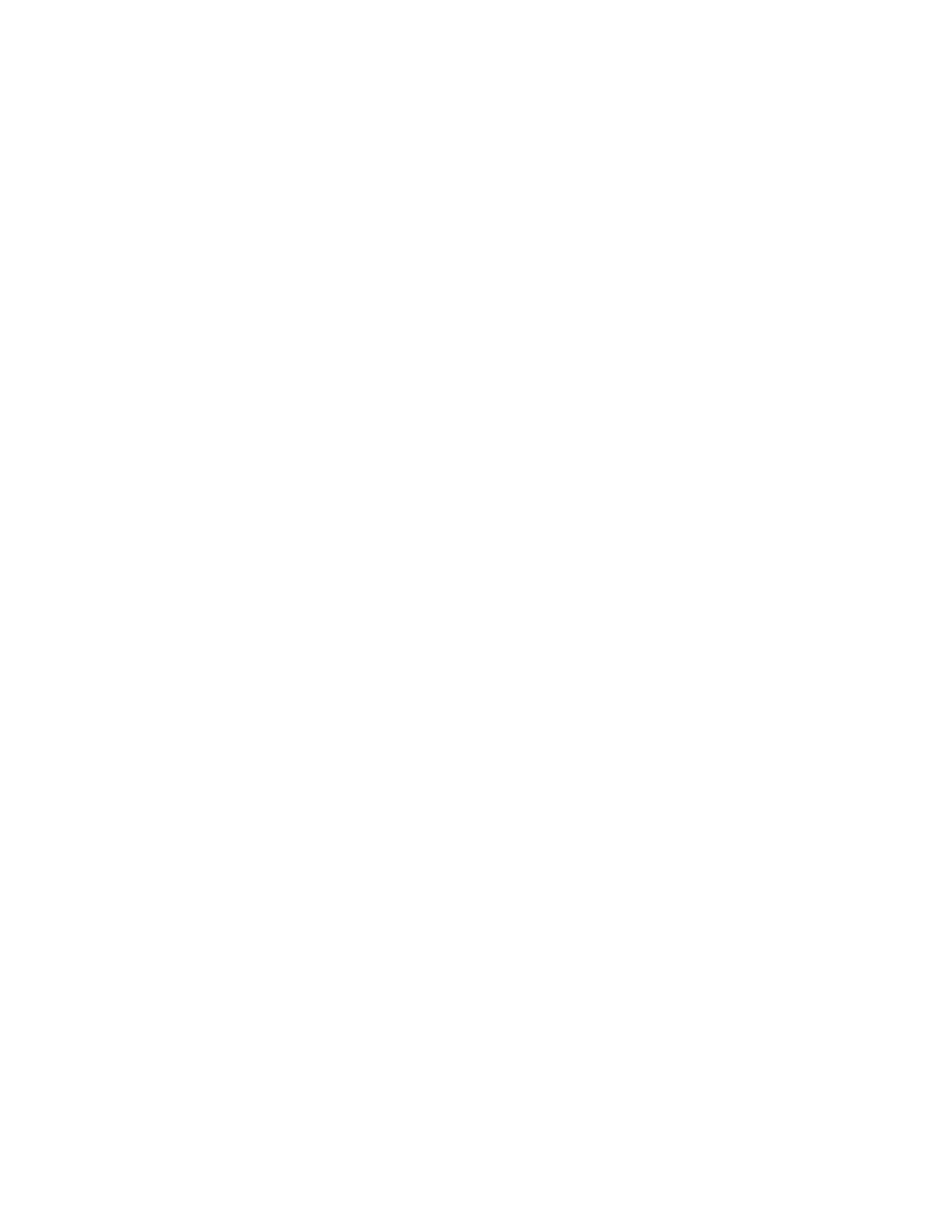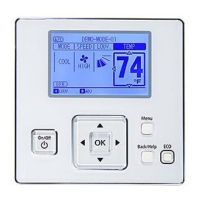JOHNSON CONTROLS
120
FORM 160.10-O1
ISSUE DATE: 4/27/2018
SECTION 4 - PRINTERS
The operator can set up the OptiView Control Center
data logging feature to produce a Status report auto-
matically at a selected start time and interval.
Refer to the following figures for examples of the dif-
ferent print reports.
• Status - Figure 44 on page 123
• Schedule - Figure 45 on page 125
• Sales Order - Figure 46 on page 125
• History - Figure 47 on page 126
• Trend - Figure 48 on page 128
• Custom Screen - Figure 49 on page 128
• Adaptive Capacity Control New Map Point Re-
port - Figure 50 on page 128
• Adaptive Capacity Control Existing Map Points
Report - Figure 51 on page 128
• Setpoints - Figure 52 on page 129
PRINTERS
The following printers can be connected to the OptiV-
iew Control Center to provide print reports. Printers
must be equipped with an RS-232 Serial interface for
to communicate properly with the OptiView panel.
Okidata
Model: 184 turbo
• Dimensions: 14 in. wide x 10.5 in. deep
• Paper: 8.5 in. wide
• Type: Dot matrix impact
• Purchase: 800-OKIDATA or www.okidata.com
Weigh-Tronix
Models: 2600, 1220
• Dimensions: 2.3 in. wide x 2.8 in. deep
• Paper: 2.25 in. wide
• Type: Dot matrix impact
• Purchase:
• USA 800-982-6622
• International 707-527-5555
• www.wtxweb.com
Seiko
Model: DPU414‑30B (Power supply PW4007‑U
I required)
• Dimensions: 6.3 in. wide x 6.7 in. deep
• Paper: 4.4 in. wide
• Type: Thermal
• Purchase: www.siiprinters.com
The OptiView control center provides the required for-
matting control codes for the printers based upon the
printer selected. These codes are transmitted through
the serial data interface to the printer to provide a prop-
er print format.
Different printers require different formatting control
codes. Other printers may provide proper operation
when connected to the control center, but the print for-
mat may not be correct.
Exercise care and use the following guidelines if an un-
listed printer is to be connected to the OptiView panel:
1. The printer must be capable of RS-232 Serial
communications.
2. Primary differences between printers involve the
formatting control codes required by the printer.
These codes are sent from the control center to
the printer. For example, Weigh -Tronix printers
require a control code to select 40 column width.
This same code is interpreted by the Okidata
printer as an instruction to print wide characters.
In some instances, a printer will ignore a code that
cannot be interpreted.
3. The control center requires a busy signal from the
printer when the printer receive buffer is full. This
causes the control center to suspend data trans-
mission until the printer can accept more data.
The busy signal polarity must be logic low when
busy for proper printer operation.

